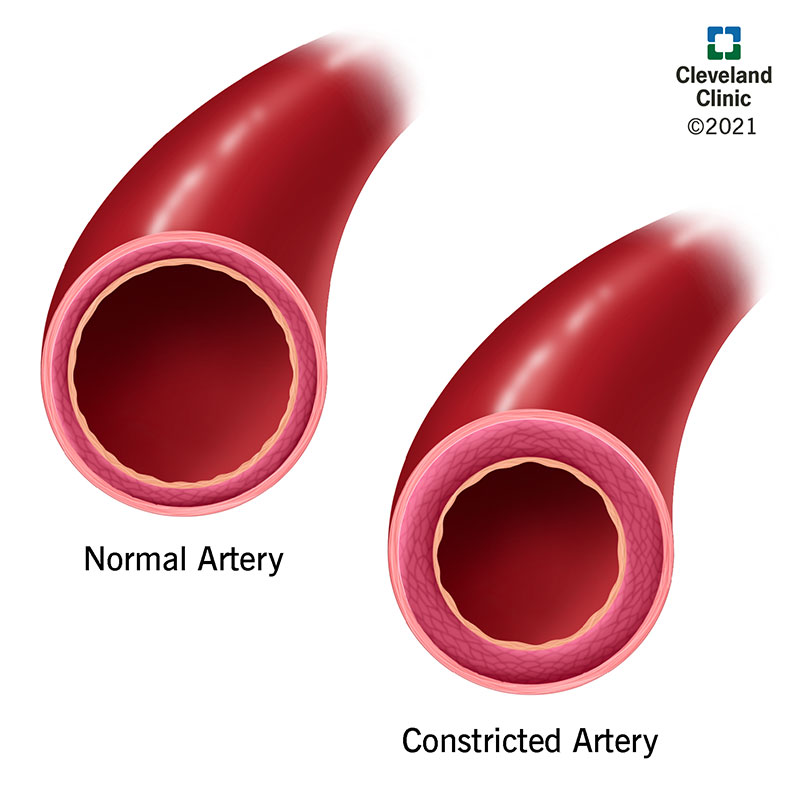The nurse is teaching nursing students about the concept of medications’ half-life. The nurse asks students: If we administer 10 mg of medication X, which has a half-life of one day, to the patient, how much medication will remain in the patient’s body after three days?
0 mg, the medication will be out of the patient’s body.
1.25 mg.
5 mg.
1 mg.
The Correct Answer is B
Choice A Reason:
The statement that the medication will be completely out of the patient’s body after three days is incorrect. The half-life of a drug indicates the time it takes for the concentration of the drug in the body to reduce by half. After one half-life (one day), 50% of the drug remains. After two half-lives (two days), 25% remains. After three half-lives (three days), 12.5% remains. Therefore, some amount of the drug will still be present in the body after three days.
Choice B Reason:
To calculate the amount of medication remaining after three days, we use the half-life formula. Starting with 10 mg, after one day (one half-life), 5 mg remains. After two days (two half-lives), 2.5 mg remains. After three days (three half-lives), 1.25 mg remains. This calculation shows that 1.25 mg of the medication will still be in the patient’s body after three days.
Choice C Reason:
The choice of 5 mg is incorrect because it represents the amount of medication remaining after one half-life (one day), not three half-lives. After one day, 50% of the initial dose remains, which is 5 mg. However, the question asks for the amount remaining after three days.
Choice D Reason:
The choice of 1 mg is also incorrect. After three half-lives, the amount of medication remaining is 12.5% of the initial dose. For an initial dose of 10 mg, this would be 1.25 mg, not 1 mg. The calculation must accurately reflect the reduction by half for each half-life period.
Nursing Test Bank
Naxlex Comprehensive Predictor Exams
Related Questions
Correct Answer is D
Explanation
Choice A: Minimal Effect on Vessels
A reduction in blood pH, which indicates acidosis, does not have a minimal effect on blood vessels. Acidosis can significantly impact vascular tone and function. Therefore, this choice is incorrect as it underestimates the physiological changes that occur in response to a decrease in pH.
Choice B: No Effect on Vessels
Similarly, stating that a reduction in blood pH has no effect on vessels is inaccurate. Blood pH is tightly regulated, and deviations from the normal range (7.35-7.45) can lead to significant physiological responses. Acidosis can alter vascular tone, making this choice incorrect.
Choice C: Vasodilation
While vasodilation can occur in response to certain conditions, a reduction in blood pH typically leads to vasoconstriction rather than vasodilation. Vasodilation is more commonly associated with an increase in blood pH (alkalosis) or other factors such as increased levels of nitric oxide or prostaglandins.
Choice D: Vasoconstriction
When the pH of blood reduces, indicating acidosis, it often leads to vasoconstriction. This response is mediated by chemoreceptors that detect changes in pH and stimulate the vasomotor center to increase vascular tone. Vasoconstriction helps to maintain blood pressure and ensure adequate perfusion of vital organs during acidosis. Therefore, this is the correct answer.

Correct Answer is C
Explanation
Choice A Reason:
Hyperplasia refers to an increase in the number of cells in an organ or tissue, usually resulting in an increase in the size of the organ or tissue. This process is often a response to a stimulus and can be physiological or pathological. However, hyperplasia does not involve the replacement of one cell type with another, as seen in this case.
Choice B Reason:
Dysplasia is characterized by abnormal growth and development of cells within tissues or organs. It often indicates a precancerous condition and involves changes in cell size, shape, and organization. While dysplasia can occur in the respiratory tract, it does not describe the replacement of one type of epithelial cell with another.
Choice C Reason:
This is the correct answer. Metaplasia is the process by which one type of adult cell is replaced by another type of adult cell that is not typical for that tissue. In this case, the normal columnar ciliated cells in the bronchial airway have been replaced by stratified squamous epithelial cells, a common adaptation in response to chronic irritation from smoking.
Choice D Reason:
Hypertrophy refers to an increase in the size of cells, leading to an increase in the size of the affected organ or tissue. This process does not involve a change in cell type, making it an incorrect choice for this scenario.
Whether you are a student looking to ace your exams or a practicing nurse seeking to enhance your expertise , our nursing education contents will empower you with the confidence and competence to make a difference in the lives of patients and become a respected leader in the healthcare field.
Visit Naxlex, invest in your future and unlock endless possibilities with our unparalleled nursing education contents today
Report Wrong Answer on the Current Question
Do you disagree with the answer? If yes, what is your expected answer? Explain.
Kindly be descriptive with the issue you are facing.
